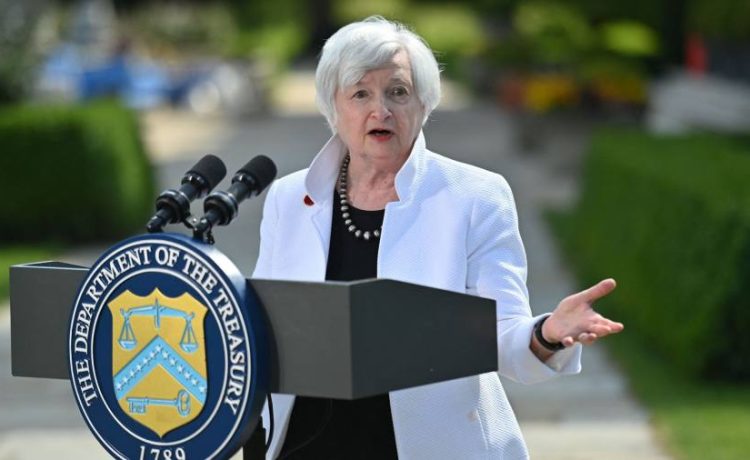This post was originally meant to be about how Japanese investors have slowed their selling of Treasuries in recent months. Then the Bank of Japan announced its big year-end surprise!
The BoJ decided to allow government-bond yields to fluctuate within a half-percentage-point band, instead of a quarter-point band like it did before. Markets reacted exactly how you’d expect to a surprise tightening — though BoJ governor Haruhiko Kuroda denied that the move constituted tightening — with the yen soaring against the dollar and high-rated sovereign and corporate bonds selling off hard.
So does this mean that traders should count on Japanese investors retreating to their home markets for yield? That would be bad news for US bonds, since Japanese investors are the biggest holders of Treasuries outside the US.
Not necessarily, says Oxford Economics.
First, the spike in currency volatility could make forex hedging more expensive. Second, Treasury yields have already jumped alongside JGB yields, so the currency-adjusted yield differential is pretty much the same as it was before. From a Tuesday note:
We do not think this fundamentally changes the outlook for US yields either, even if Japan owns USD 1.04 trillion of USTs and is the largest foreign holder of Treasury securities. The global yield adjustment means that on a net basis, FX hedged yields vs domestic JGB yields have not changed significantly and a major repatriation of capital back to JGBs is probably not under way. We do not see today as leading to a sustained move higher in US yields.
In fact, non-US investors have been selling Treasuries all year, according to a Monday note from Bank of America.
While the foreign selling had recently slowed, the bank’s strategists think that it was domestic investors, not global, who drove the retreat in US yields from their November peaks. From the bank:
Selling from foreign investors and banks appears to be moderating based on weekly data from the Fed and Japanese MoF. Time-zone analysis suggests the rate rally in November primarily occurred during the NY trading session, implying that buying may be dominated by domestic accounts.
US investors (mutual funds etc) were less involved in the third quarter. The foreign buyers then were Chinese and British investors, and Japanese investors were net sellers:
This is consistent with themes that we have observed from higher frequency data in recent reports. TIC data suggests that the foreign bid in Q3 was from foreign private investors; UK and China + Belgium were the largest individual buyers while Japan was the largest seller. Defined benefit private pensions were modest buyers of around $15bn, consistent with purchases observed in prior quarters this year.
Notably, Japanese investors got the worst US yield premium (after FX hedging) of any developed market other than Canada this year, says Bank of America. It’s possible that could change as the yen jumps against the dollar. But even if Japanese buyers don’t show up in the US, it isn’t clear how much it will matter — they weren’t there in 2022 anyway.

